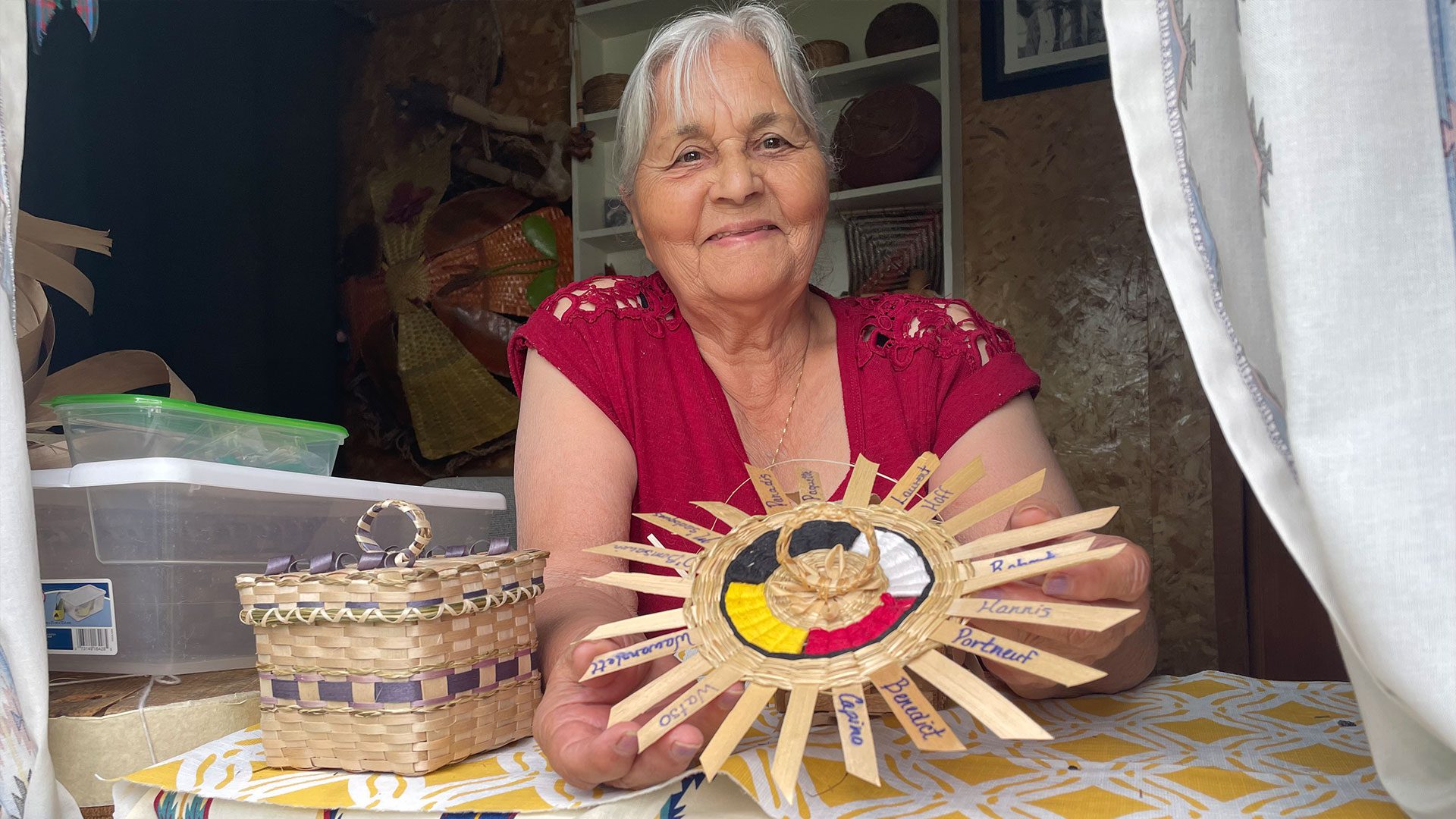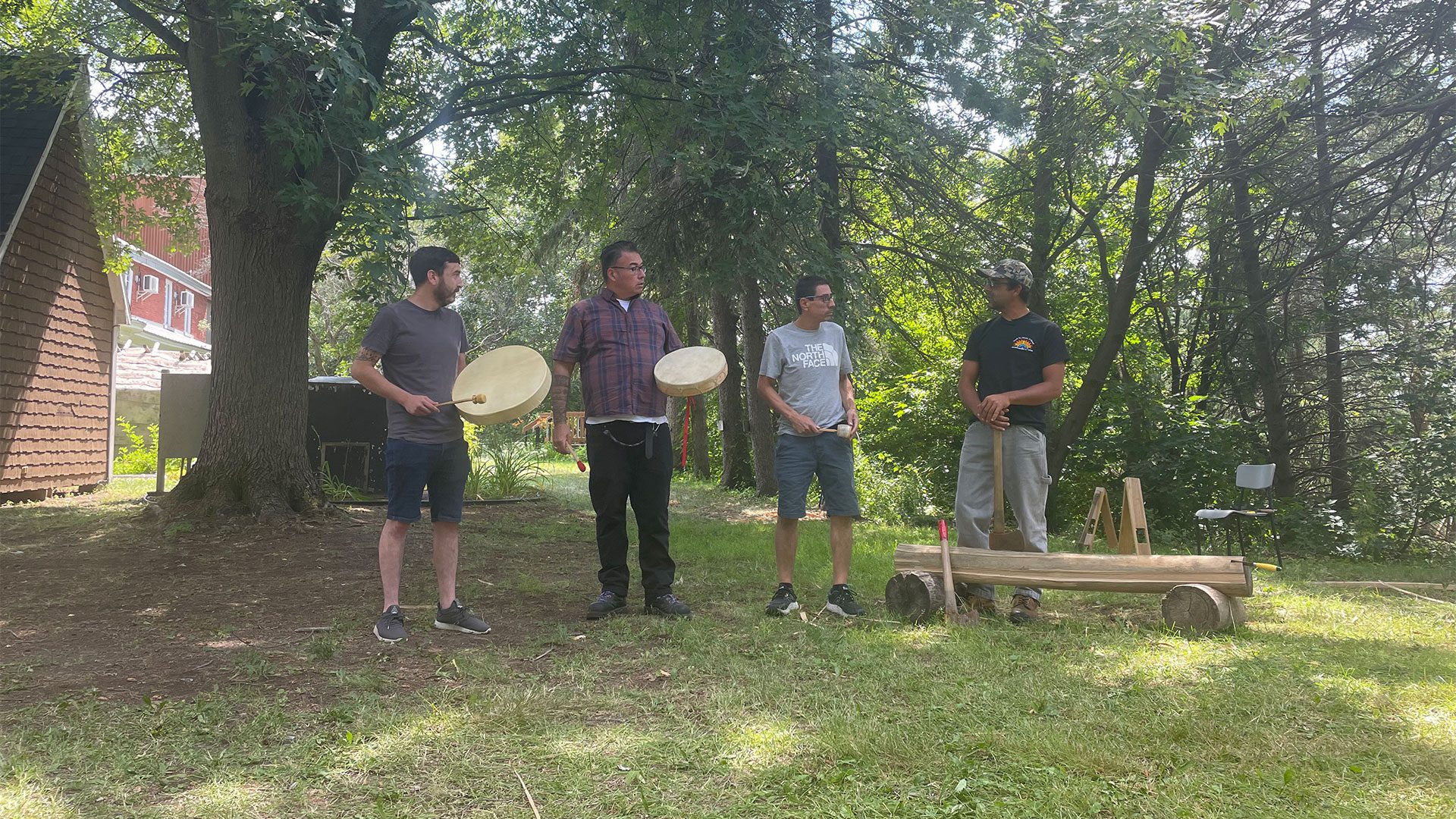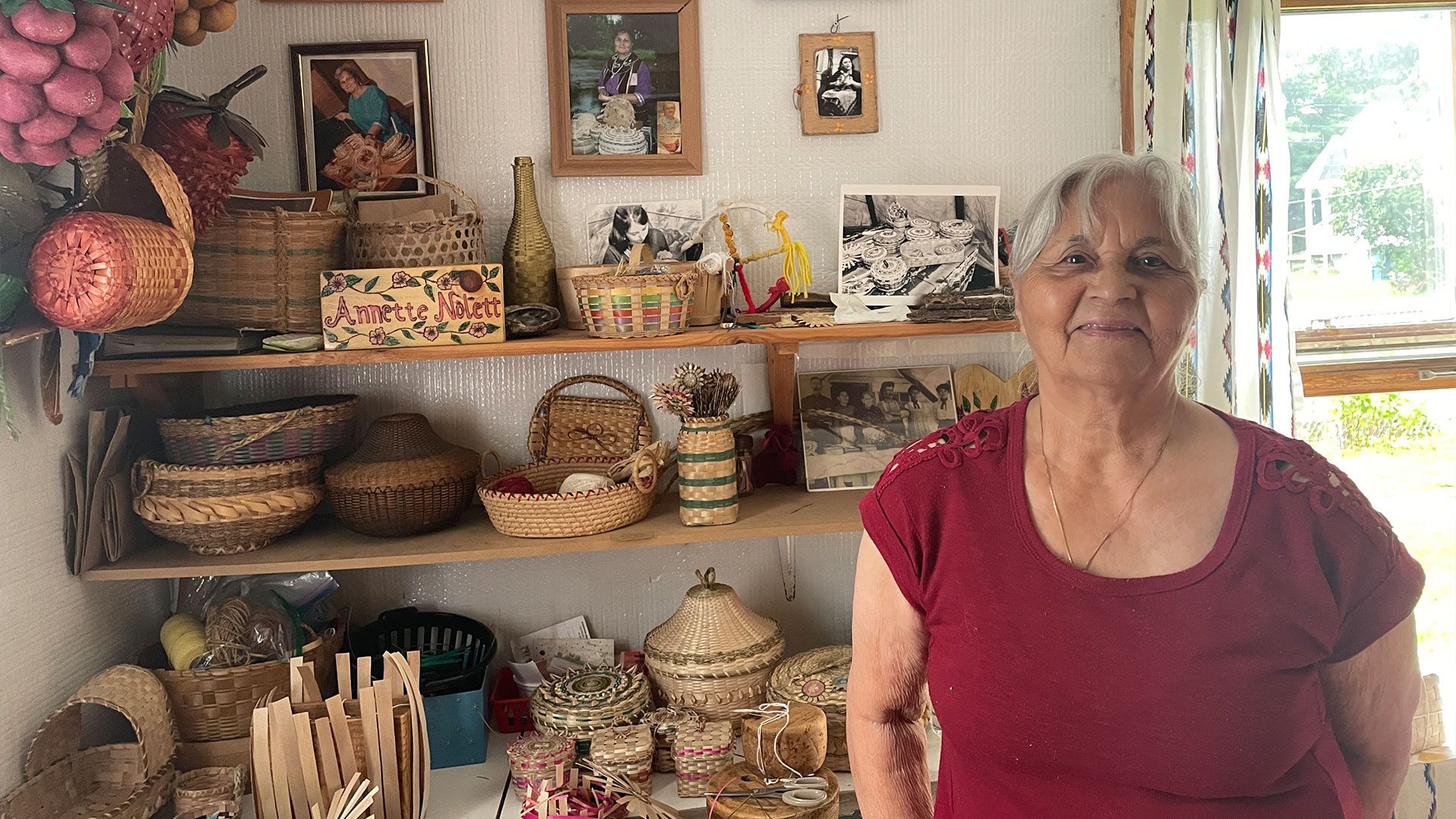Abenaki, Mi’kmaq and Mohawk Nations in Quebec don’t want the federal government to list the black ash tree as an endangered species — even though it’s central to some of their cultural practices, mainly basket-weaving.
If the environment ministry decides to list black ash tree is listed as “at-risk,” it would fall under the Species at Risk Act [SARA]. People caught harvesting the tree or making or selling black ash products would be subject to fines.
“We’ve made it very, very clear to the government that regardless [of] what happens, regardless whether or not they decide to pass this without making an agreement with us, without allowing us to continue our traditions and our way of life, we will continue no matter what,” said Chief Rick O’Bomsawin of the Abenaki Council of Odanak.
Basket-weaving — and the sale of baskets — are integral practices for Abenaki people. Baskets are used for hunting catches, given at weddings, and provide revenue to small artisans like Annette Nolette.
“[The government is] not right to do this because it’s something that’s been going on for years and years, my great-grandparents did that,” said Nolette, who weaves baskets in her home workshop in Odanak.
Her workshop is filled with baskets of different shapes and sizes alongside photos of family members and people from her community. Nolette said that the art of basket weaving isn’t as popular as it once was, but it’s still thriving among her grandchildren.
If Abenaki do not have access to the black ash, Nolette said this art would disappear.
“It’s so important for my work because if you don’t have [black ash], that’s the only kind of material that we could do the basket with, and the sweetgrass; so it’s very, very important to me. I don’t want it to stop, even if I’m old,” she said.

Black ash has a unique growth pattern. When ash pounders like Luc Gauthier-Nolette hammer an ash log repeatedly, the bark separates into long, thin strips that make it perfect for basket weaving.
“When we hit it, the vibrations make the growth rings come apart,” explained Gauthier-Nolette in French.
Gauthier-Nolette demonstrated how he prepares the wood for basket-weavers like his aunt, Annette.
“It’s a skill I learned from some elders in the community when they were still alive, there are a few who have died, and some younger people were trained later after I was, and I got back into it and decided to take over [teaching],” added Gauthier-Nolette.
The black ash is also part of their creation story, said Odanak band council member Nicole O’Bomsawin.
“After trying to make people out of stone, the Creator realized that didn’t work,” she explained. “So the Creator decided to use a flexible tree with a warm heart. He chose a tree to create the Abenaki, and he chose the black ash. So men and women were sculpted from black ash trees.”
The black ash is currently listed as threatened due to the increasing damage done by the emerald ash borer beetle. In 2018, the Committee on the Status of Endangered Wildlife in Canada recommended it be listed as an at-risk species.
Consultations with First Nations began in 2020, but were periodically interrupted due to the pandemic. The Ndakina Office – the environmental and territorial research base for the Abenaki bands of Odanak and Wôlinak [also referred to as the Wabanaki Nation] – submitted a report to the Minister of Environment and Climate Change Canada on June 15, detailing the problems with the black ash falling under SARA regulation.
The key findings of the report included listing black ash as an endangered species without providing an exemption for harvesting would infringe on First Nations’ rights by outlawing the exchange and selling of black ash baskets. The report also indicated it was not Indigenous harvesting causing the decline in black ash trees, and that First Nations had a vested interest to ensure they do not overharvest the tree in the name of cultural preservation.

The Ndakina Office’s report states in French “The relationship that unites the [Abenaki] Nation and the black ash is so strong that W8banaki oral traditions teach that, if the black ash were to disappear from the territory, the Nation itself would disappear. It’s in this sense that W8banakiak [Abenaki people] say that they are themselves black ash trees. It is understood then that this species has always been intimately linked to the survival and identity of the Nation, and this is still true today.”
The Ndakina Office has yet to receive a response from the government.
Along with the chief of Odanak and Wôlinak, the chiefs of Kahnawà:ke, Gesgapegiag, Long Point First Nation, Wendake, Gespeg and Essipit signed a letter addressed to Crown-Indigenous Relations Minister Mark Miller and Environment and Climate Change Minister Steven Guilbeault in the hopes of receiving a response sooner. They sent the letter on July 19 and are still waiting to hear.
Cole Delisle, a Kahnawà:ke environmental protection officer, said the emerald ash borer beetle, not harvesting, is causing declining tree numbers.
“The emerald ash borer, when it finds a tree, the mature beetle will actually lay its eggs in the tree, and so those will hatch, and it’s the larvae that cause all the damage,” said Delisle.
Conservation efforts are underway, like collecting ash seeds and treating larger trees to prevent them from being infested with the beetle.
“We’ve selected trees that have a straight trunk, and were over a certain size, so if one day we have to make baskets we could harvest from these trees,” said Delisle.
Ultimately, Abenaki won’t let the government get in the way of their cultural practices, said Chief O’Bomsawin.
“The ash tree is very important to us. It’s our family, it’s our blood, it’s our way of life. We are not giving that up for anyone,” he said.

Miller did not respond to APTN News before this story was published.
Guilbeault’s department sent an emailed statement after deadline, saying the ministry “welcomes the concerns and contributions conveyed by the Grand Conseil de la Nation Waban-Aki, and will continue to support the discussions and explore appropriate accommodation through ongoing and extended consultations for this species.”









